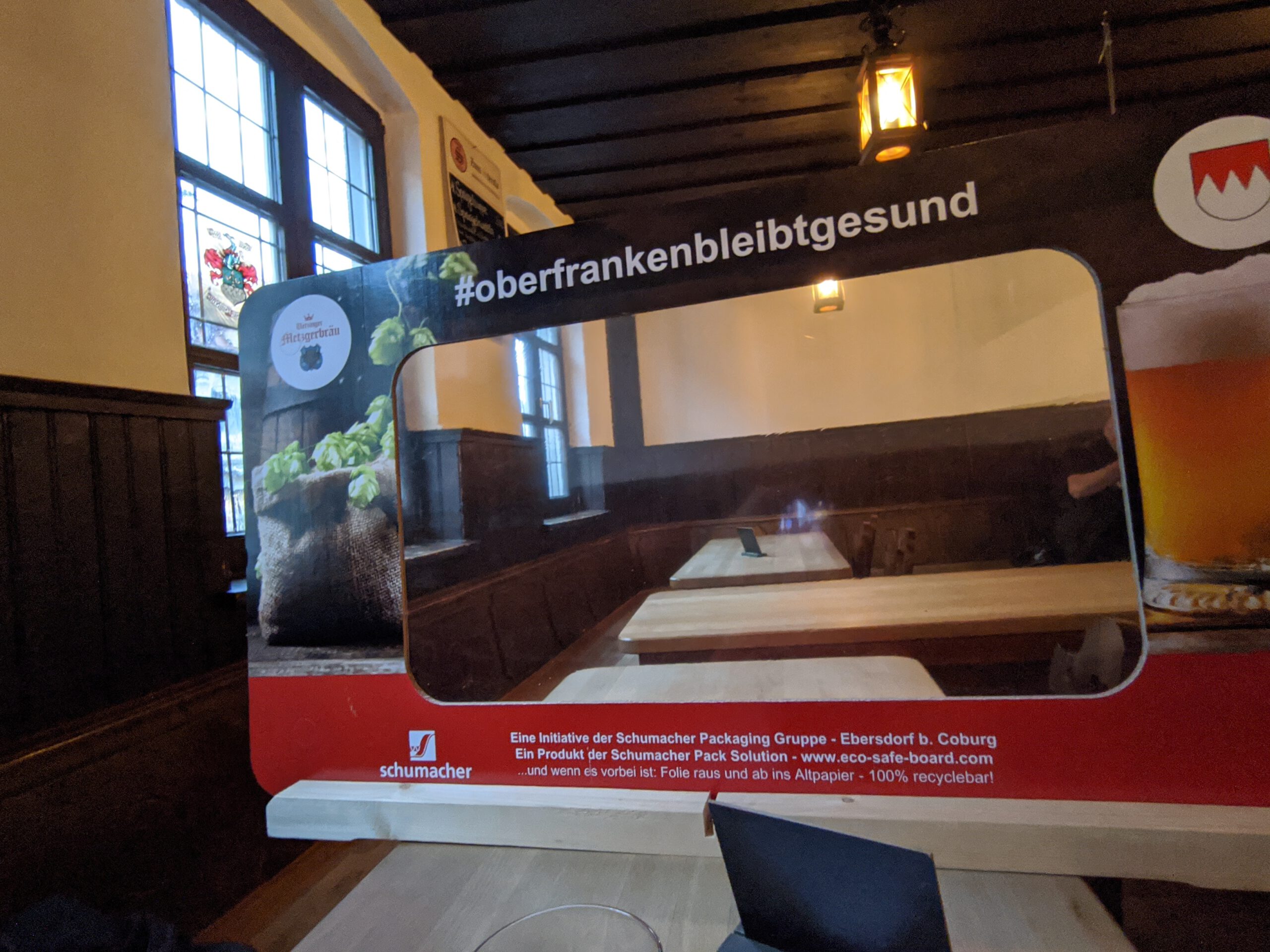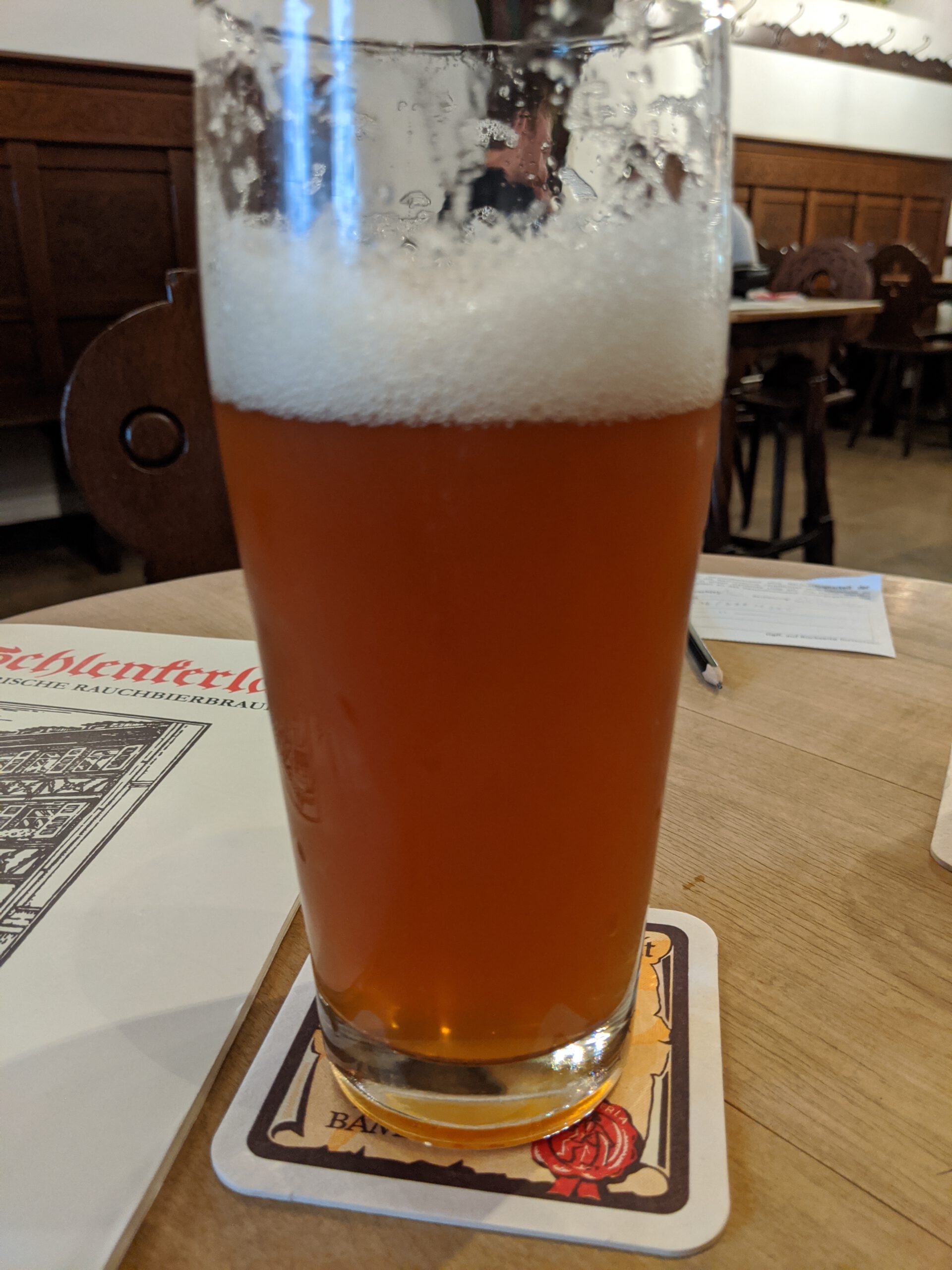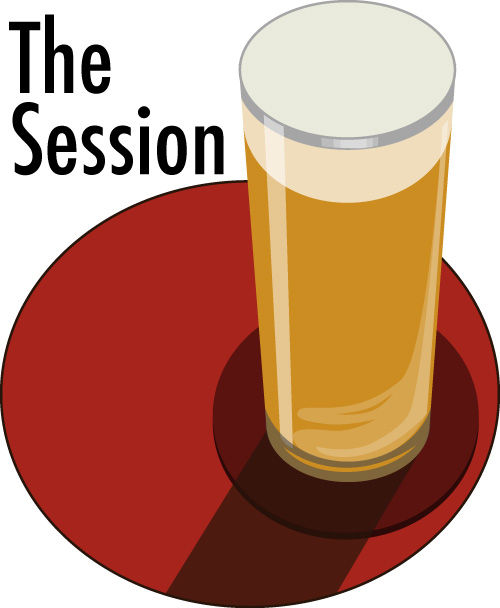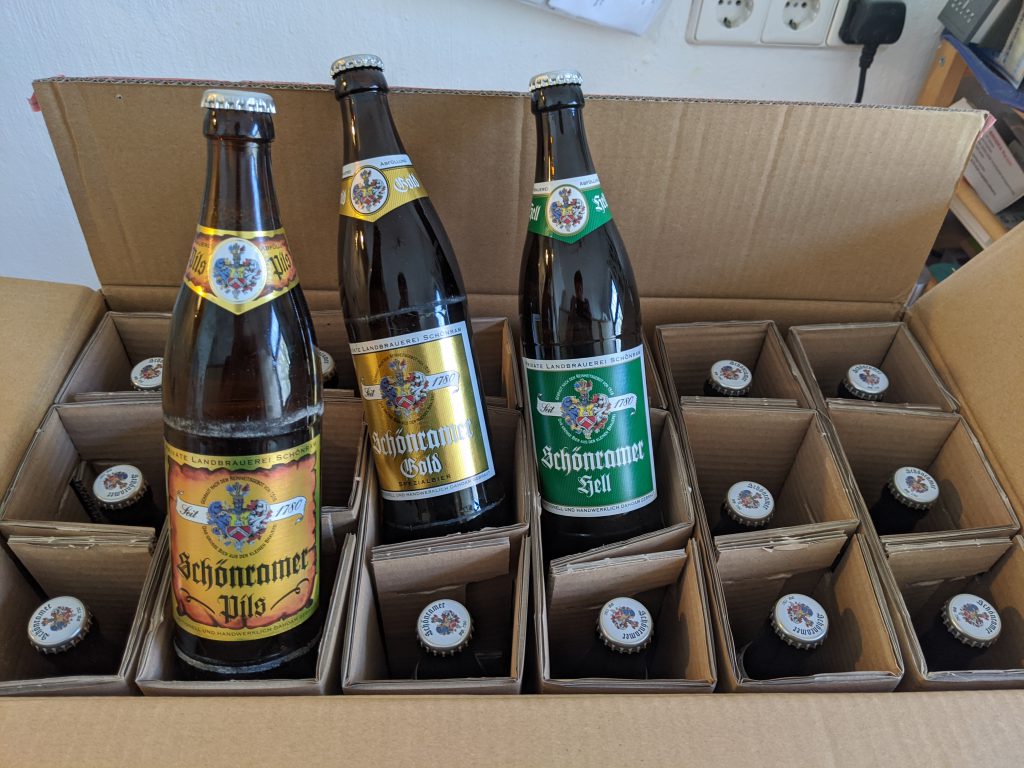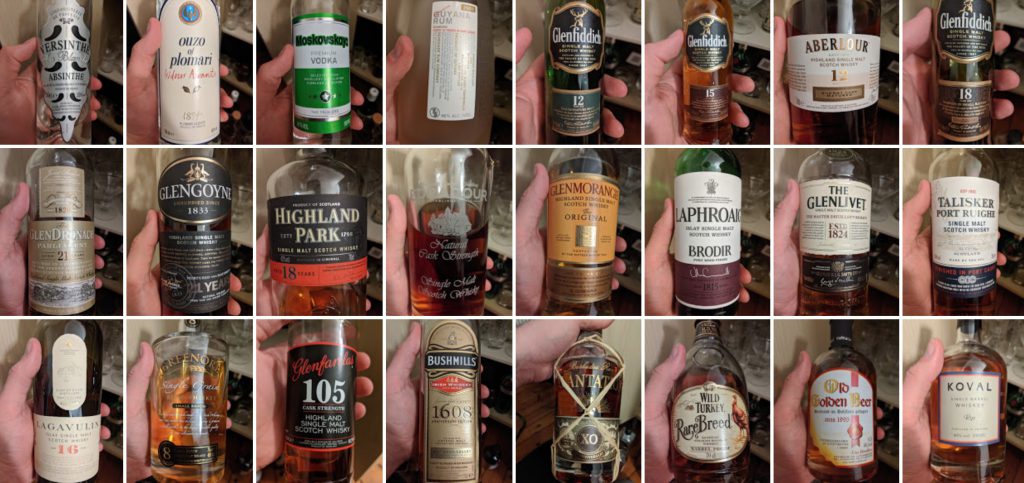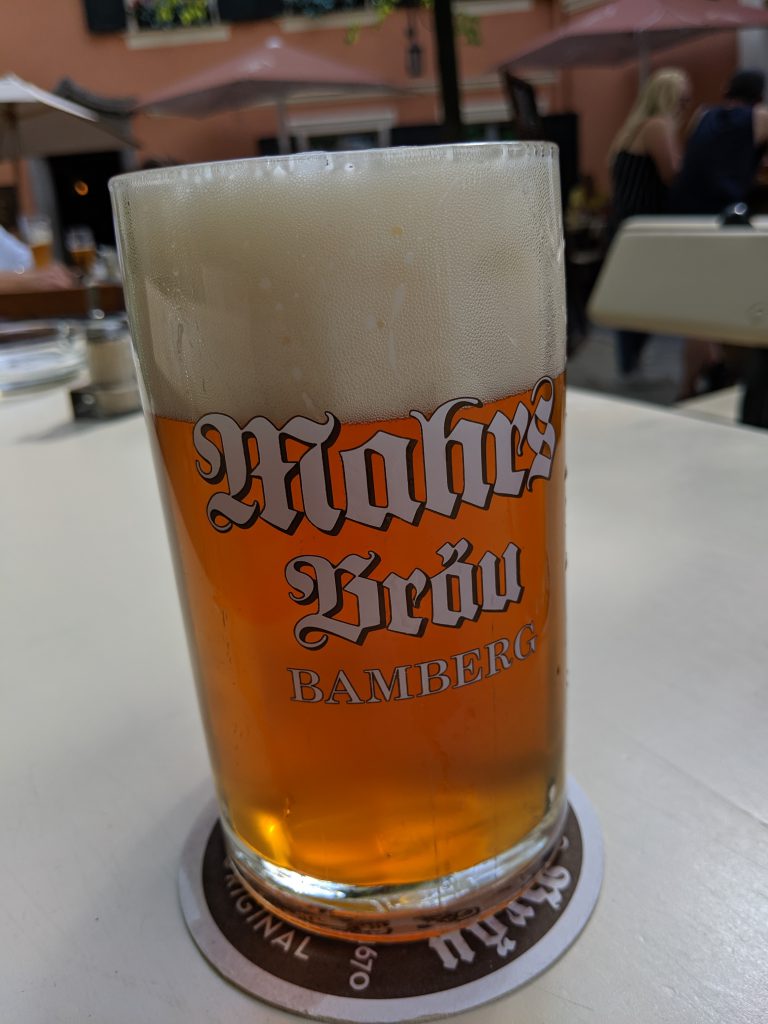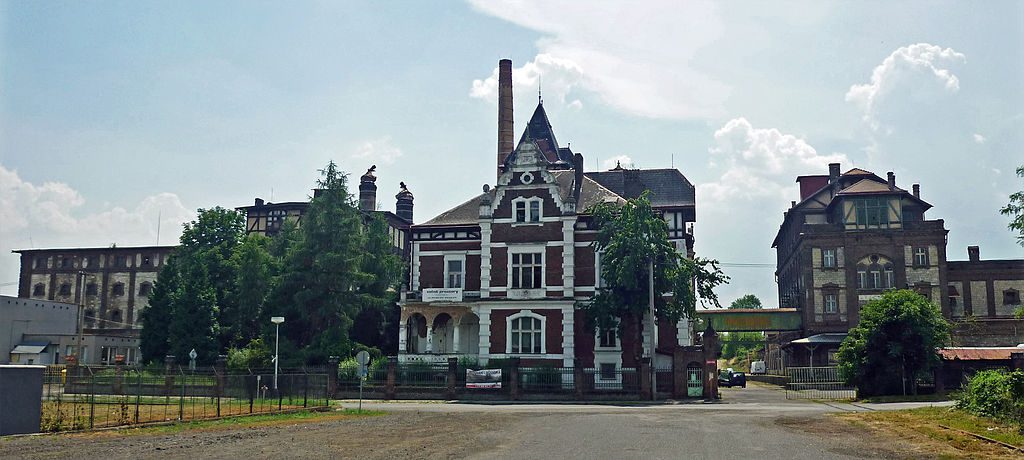Today, I am publishing my new book titled “Vienna Lager”. It’s the result of 1.5 year of intense research about the history of the Vienna Lager beer style and its current state. And of course, how to brew it.

I consider this to be my greatest work so far, and I’m absolutely proud about the result. I achieved everything I wanted to achieve in this book: first, I managed to put together the history of Vienna Lager in Austria from its very beginning in the late 1830’s until its demise after World War I in great detail, all embedded in the history of its inventor, Anton Dreher, and his brewery in Klein-Schwechat near Vienna. Second, I was able to shed more light on the supposed survival of Vienna Lager in Mexico. My research very quickly showed that it wasn’t Mexico that was big in brewing Vienna Lager, it was the United States! This is something many will be surprised about, but Vienna Lager was a fairly popular style in the US, and even survived Prohibition to a certain extent, until it made it into the canon of classic beer style as we know it nowadays. And third, I could reconstruct how Vienna Lager was brewed, from the ingredients to the brewing process, fermentation and lagering. I have previously discussed elements of this here in my blog, but in this book, I can finally present all the sources that corroborate even the tiniest detail about historic Vienna Lager brewing.
So today, I’m releasing the book both as printed book and e-book, exclusively on Amazon. You can find more information about the book including links to Amazon on vienna-lager.com.
As with my previous book, I tried to keep the price moderate to make it affordable for everyone. While “Vienna Lager” is more extensive compared to my previous book, I deliberately decided to keep the price for the e-book the same. As for the print-of-demand book, I had to slightly increase the price to offset the increased printing costs. For every book sold, I roughly get the same amount of royalties, no matter which media. I think this is fair, as I’m happy with the individual royalties that I earn, while being able to keep the costs down for interested readers. Ultimately, we have to face the hard truth: there is not a whole lot of money to be made as an author in a niche topic such as beer history and home-brewing. And that’s not my reason why I decided to write about historic, extinct German beers or Vienna Lager in the first place: instead, I wanted to let everyone know about everything I’ve been able to find out about these beer styles. Which brings me to my next point…
The history about Vienna Lager, as communicated in many works in the general beer history and craft beer sphere, has not been of great quality up to now. I’m not going to name names, but some books are outright works of fiction, while others suffer from something that’s called the Woozle effect. I didn’t know the term until a few months ago, but it’s what I had observed for quite a while: unsourced claims or historic stories frequently get cited even when they lack any historic factuality. The existence of citations creates an illusion of authority, which in turn gives credence to these claims, and generates even more citations which in turns boost the illusion of authority, and the spiral continues. The more citations are found or the same historic-sounding story is encountered, the more it seems like it’s true. The historic narrative around Vienna Lager is certainly not unique (IPA and Porter for example have long suffered from similar problems, and despite beer historians like Martyn Cornell, Ron Pattinson and others trying to correct them, they still cling on), but it’s the topic that I’ve researched fairly extensively for 1.5 years and that is now closest to my heart.
So this is my attempt to correct the narratives, and ironically, the real history of Vienna Lager is much more exciting. There is just so much we got wrong that got perpetuated over the years. Probably the most prominent example is the narrative that Vienna Lager supposedly survived into the 20th century due to Mexican brewing tradition. You often find stories of some unnamed Austrian brewers or German or Swiss brewers like Santiago Graf or Emil Dercher who supposedly went to Mexico (the Austrian brewers are often associated with Mexican King Maximilian, who, as a Habsburger and younger brother of the Austrian Emperor, was of Austrian descent) and started brewing Vienna Lager there. From everything I could gather, none of that was true. While brewers like Dercher and Graf definitely existed and (especially in the case of Santiago Graf) had great influence on brewing in Mexico, their connection with Vienna Lager is very doubtful.
But the real truth behind is actually much more interesting: up to the 1880’s, beer in Mexico was an imported niche product mostly enjoyed by expats or rich European immigrants. Most alcohol consumed at the time was agave-based, either just fermented (pulque) or distilled (mezcal). The first brewers didn’t have the conditions to brew cold-fermented lager beers, either, but instead brewed top-fermented beers from locally sourced ingredients such as sun-dried barley malt and unrefined cane sugar known as piloncillo. There are exceptions to it, like one German brewer allegedly building a small lager brewery including lagering cellars on the slopes of mount Popocatépetl, but lager brewing was only a necessity introduced the fight back American imported beer that came into the country after Mexico and the United States were better connected by railroad. That’s the kind of history of early Mexican beer that I actually find more interesting, and which in my opinion should be researched more thoroughly as it makes for a much better topic than just the narrative of Vienna Lager in Mexico.
But enough spoilers.
And there is one more thing I want to emphasize: I can’t even blame any of the writers that perpetuated any of the stories that we’ve previously heard about Vienna Lager that turned out to be not quite true. That’s what used to be the only material accessible to English speakers, and even for German speakers, there wasn’t a whole lot of stuff around (by now, the situation has slightly improved; in particular the history of brewing in Vienna independent of Vienna Lager is really well-researched and well-presented). In that sense, I very much recognize my privilege in being a native German speaker with sufficient proficiency in English that allowed me to research the topic based on original sources and to communicate my research results to a wider audience in English.
Of course, I wouldn’t have been able to complete my work without the help of many other people. In particular, I’d like to thank my wife Louise for supporting me in writing my book and for her tolerance of my obsession with the whole topic. I’d also like to thank everyone who inspired me to write this book, who provided me with interesting source material, or who supported me by giving me lots and lots of valuable feedback: Boak & Bailey, Ron Pattinson, Gary Gillman, Geoff Latham, Jeff Alworth, Joe Stange, Johannes Kugler, Michael Williams, Michelle Humphrey, Sven Förster, Michaela Knör, Glen and Julie, Doug Hoverson, Stan Hieronymus, Dave Carpenter, Mark Dredge, Natalya Watson and Benedikt Koch. A big Thank You to all of you!
Here are some of the online resources that I used for my research:
- Google Books
- Internet Archive
- Hathi Trust Digital Library
- Austrian National Library, in particular ANNO, their online portal for historic newspapers and magazines
- Bavarikon
- SLUB Dresden
- Bavarian State Library
- Czech Digital Library
- Wikimedia Commons
- Schultze-Berndt library of GGB Berlin at VLB
- Chronicling America, the Library of Congress’s historic newspaper archive
A few more geeky details: I wrote the book using Visual Studio Code in Markdown format, and used pandoc with custom templates to render it into epub as well as a print-ready PDF (via LaTeX). When all the dust has settled, I intend to publish a whole template to produce books for self-publication in the same way I did it for my last two books. The book cover design is self-made: as background image, I used a historic map of Vienna from 1875, while the book title itself was inspired by Vienna’s iconic street signs and made possible by the Wiener Norm font which is freely available under a Creative Commons license.
“OK, great, what’s next?” some of you may ask, and to be honest, I don’t know yet. Originally, I had planned a lot more around the launch of this book, but due to The Event that has plagued us since at least March 2020, and the necessary precautions due to it, much of that simply has not been possible. I hope to be able to do something like a proper launch event at a later time, and will announce this accordingly in case it will actually be possible in the near future.
If you think the topic of my new book is interesting and more people deserve to know about it, please spread the word and tell people about it. If you have a blog, write about, if you have a beery podcast, feel free to get in touch with me and I’ll happily talk about Vienna Lager with you.
For now, enjoy the book, enjoy Vienna Lager, if you’re a home-brewer, or even a pro brewer, go and brew some. Cheers!

